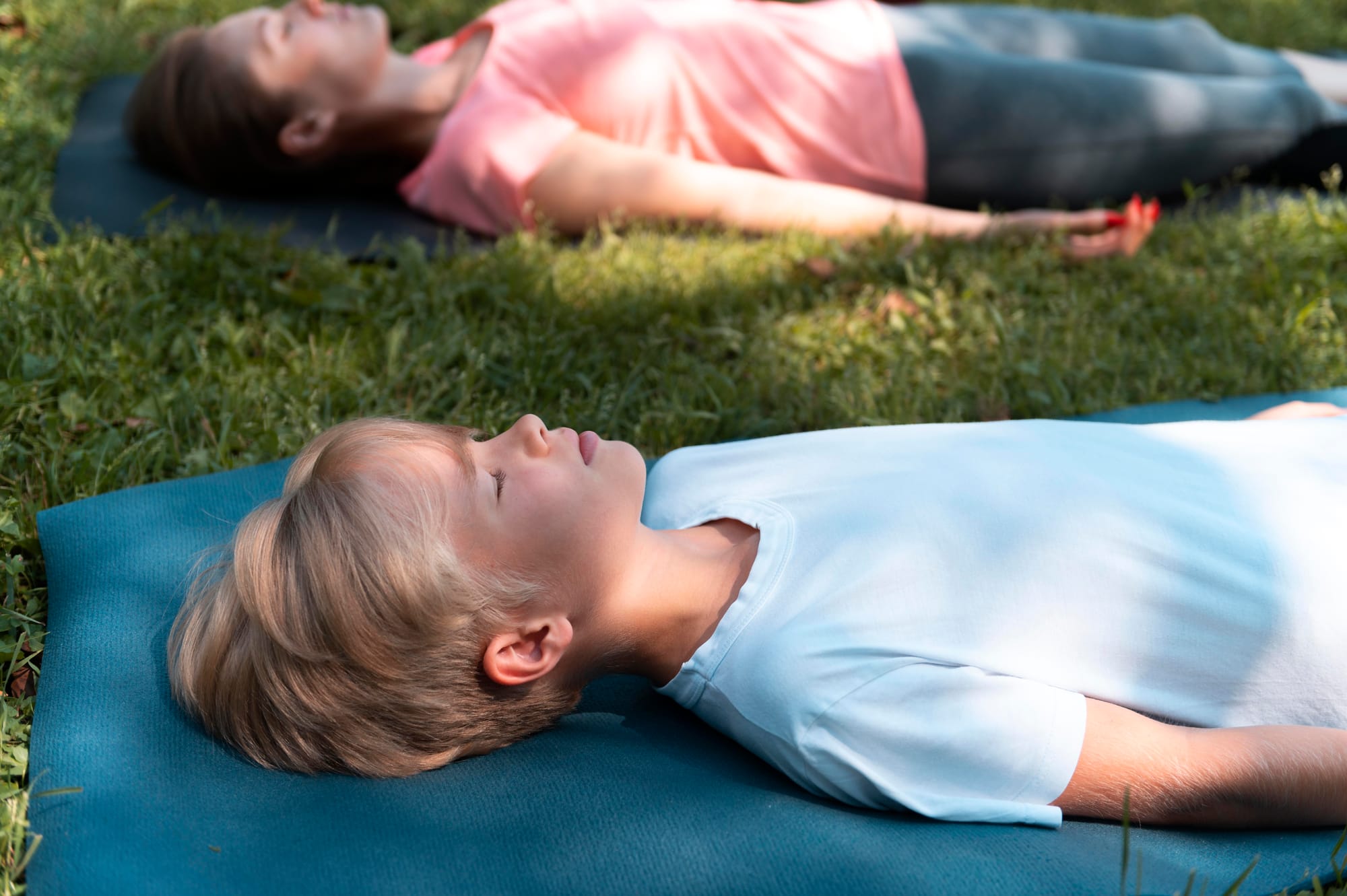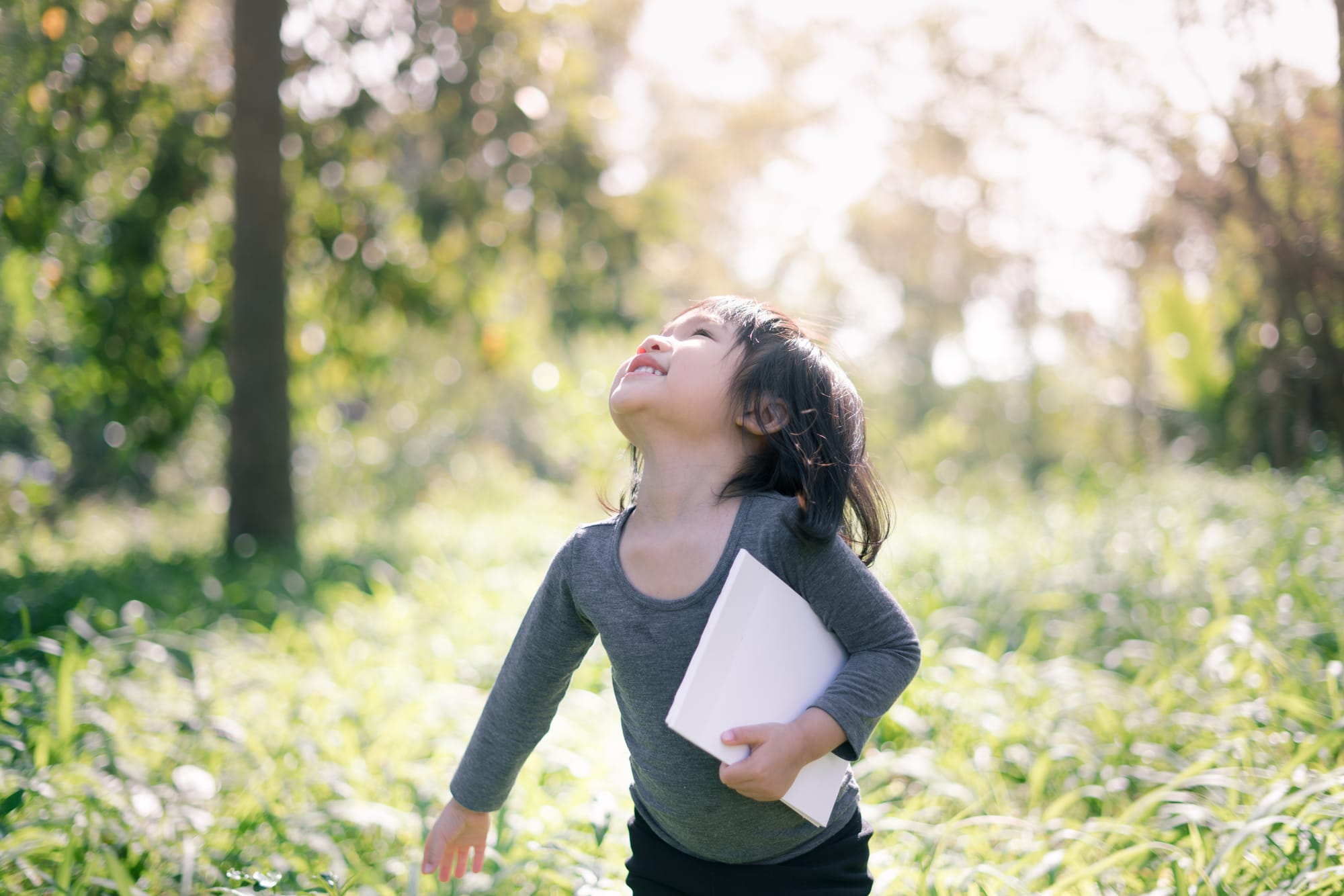Hệ thống phần mềm vận hành trơn tru, kết nối tương tác chặt chẽ với phụ huynh, hỗ trợ gia đình và nhà trường dành nhiều thời gian hơn cho bé.
Quản lý hệ thống trường học trên một nền tảng duy nhất
Dự đoán, quản lý, theo dõi, thêm ghi chú và điểm danh
Ứng dụng dành cho phụ huynh, dễ dàng theo dõi hoạt động học tập hàng ngày của con mọi lúc mọi nơi
Đánh giá và quản lý hiệu quả nhân sự trên một nền tảng
Lựa chọn một phần mềm phù hợp không hề dễ dàng. LittleLives không chỉ là phần mềm, chúng tôi ưu tiên giải quyết những nhu cầu của nhà trường.
Có rất nhiều lựa chọn phần mềm thay thế, nhưng LittleLives thực sự nổi bật!
Từ những cơ sở tới các chuỗi trường lớn, LittleLives sẵn sàng hỗ trợ các trường ở mọi phân khúc và quy mô
Chúng tôi tin rằng, việc áp dụng công nghệ tiên tiến sẽ tạo ra những trường học thông minh hơn, những giáo viên, gia đình và những đứa trẻ hạnh phúc hơn
Không chỉ hướng tới việc học của trẻ, hãy tìm hiểu những tài liệu dành cho bạn, cho giáo viên và cả phụ huynh - hoàn toàn miễn phí!
Hợp tác cùng các chuyên gia trong ngành, chúng tôi mang đến các nội dung chọn lọc và những góc nhìn sâu sắc dành cho giáo viên và phụ huynh, truyền cảm hứng cho sự phát triển và gắn kết.
Nền tảng Học tập Tối ưu: *Các khóa đào tạo, Podcast, Sách điện tử* và nhiều hơn nữa!
Dự án thực hiện bởi ECDA, hợp tác với các trường học để thực hiện những dự án phục vụ cộng đồng.
Kết nối với các cộng đồng đa dạng, sự kiện địa phương và hội nghị toàn cầu, tạo dựng mối liên kết và xây dựng các mối quan hệ bền vững trên toàn thế giới.

In today’s fast-paced world, even the youngest among us can benefit from mindfulness. Preschoolers, with their natural curiosity and high energy levels, are at a prime age to start learning mindfulness techniques. These simple, playful practices can help children improve focus, manage emotions, and build a foundation for lifelong emotional resilience.
Mindfulness is a powerful tool that helps preschoolers focus, manage emotions, and develop a sense of calm. By tailoring mindfulness activities to their age and developmental stage, we can make these practices engaging, effective, and fun. Below are six detailed activities to introduce mindfulness to young children:
1. Mindful Breathing
Mindful breathing is one of the easiest and most effective ways to help children center themselves. For preschoolers, turning it into a game makes it both enjoyable and accessible.

Ask the children to pretend they’re smelling a fragrant flower. Have them take a slow, deep breath in through their nose as if inhaling the flower’s scent. Then, ask them to imagine blowing out a candle, exhaling slowly through their mouth. Repeat this several times.
- How it helps: This visualization captures their attention and simplifies the concept of deep breathing. Over time, they’ll associate this technique with feelings of calm and control, making it a tool they can use when they’re upset or overwhelmed.
2. Body Awareness Exercises
Helping children become aware of their bodies fosters a sense of connection and calm. A simple body scan can teach them to notice physical sensations and tune into how their body feels.

Ask the children to lie down or sit comfortably. Guide them through a playful “body scan,” starting with their toes. Say, “Wiggle your toes. Can you feel them? Are they warm or cool?” Move up to their legs, tummy, arms, and head, asking them to notice how each part feels.
- Why It Works: Preschoolers are naturally curious about their bodies. This activity not only satisfies that curiosity but also helps them relax and develop body awareness, a key aspect of mindfulness.
3. The Listening Game
Teaching children to focus on their sense of hearing can improve their attention and ability to be present. The listening game is a simple yet powerful exercise.
Use a bell, a chime, or even a jar filled with small beads that you can shake. Ring or shake it and ask the children to listen closely. Tell them to raise their hand or give a signal when they can no longer hear the sound.
- How it helps: This activity trains children to focus their attention on a single sense—hearing—helping them practice being present in the moment. It’s also an enjoyable way to develop their listening skills.
4. Five Senses Exploration
This engaging activity encourages children to connect with their surroundings through their senses. It’s a great way to help them slow down and observe the world around them.

Take the children on a “mindful adventure.” Ask them to notice:
- Five things they can see.
- Four things they can touch.
- Three things they can hear.
- Two things they can smell.
- One thing they can taste (if appropriate, like during snack time). Guide them with prompts like, “What’s the smallest thing you can see?” or “Can you feel something soft?”
- How it helps: By focusing on their senses, children become more grounded in the present moment. It also encourages curiosity and awareness, making it a fun and interactive way to practice mindfulness.
5. Mindful Movement
Preschoolers love to move, so incorporating mindfulness into physical activities is a natural fit. Gentle stretches and yoga-inspired poses can help them focus on their bodies and breathing.
Guide children through simple movements, like pretending to be a tree standing tall and swaying gently in the wind. Or, ask them to be a butterfly, flapping their arms like wings. Encourage them to notice how their body feels as they move and breathe deeply.
- How it helps: Combining movement with mindfulness helps children channel their energy in a focused way. It’s also an excellent way to teach them to stay present in their actions.
6. Mindful Storytime
Storytime is already a beloved part of a preschooler’s day, making it the perfect opportunity to introduce mindfulness. By pausing to reflect on the story, children can practice empathy and awareness.
- How to Practice: As you read a story, pause occasionally to ask reflective questions like, “How do you think this character feels right now?” or “What would you do if you were in their shoes?” Encourage the children to share their thoughts.
- How it helps: This practice helps children engage with the story on a deeper level, fostering both empathy and emotional awareness. It also introduces them to the concept of mindful reflection in a way that feels natural and enjoyable.
By integrating these 6 practices into a preschooler’s routine, mindfulness becomes a natural and enjoyable part of their day. These activities not only help children develop focus and emotional regulation but also create moments of calm and connection that benefit both children and their caregivers.


